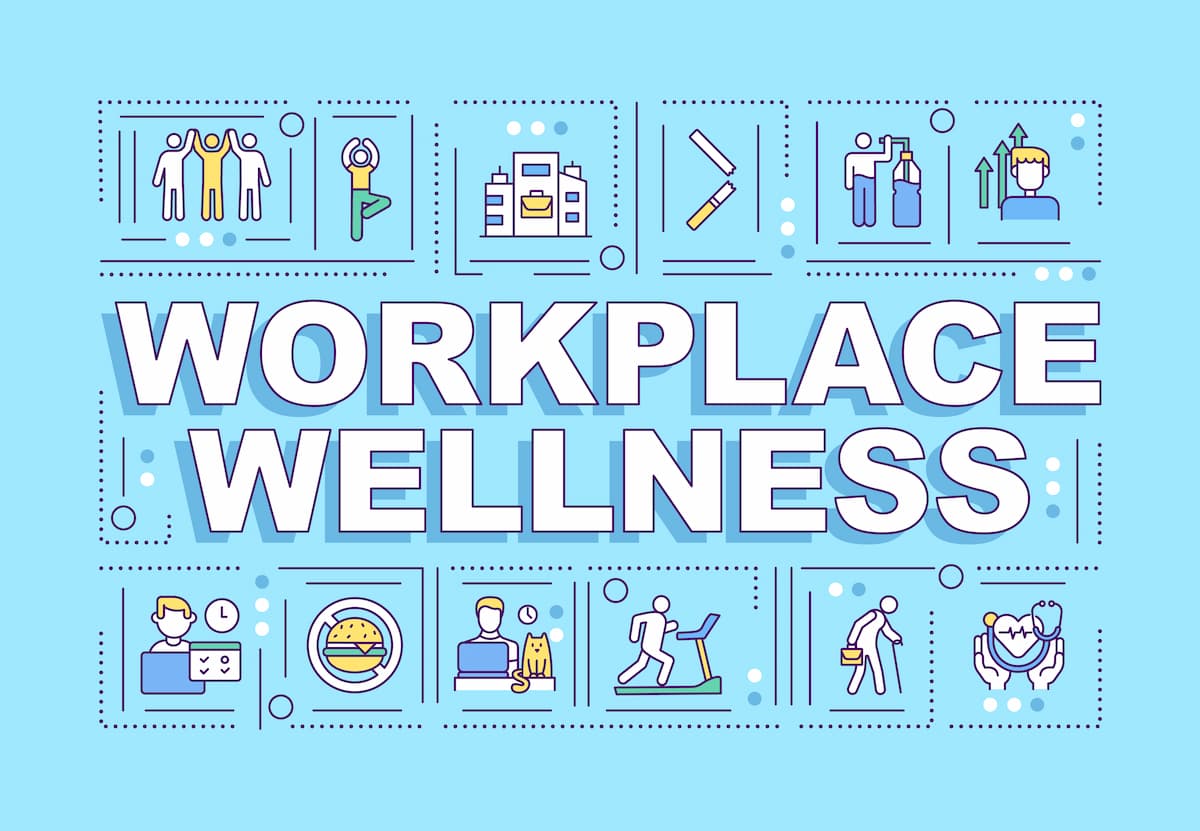- April 5, 2023
- Posted by: FLORES
- Categories: Accounting, Business Strategy

7 Ways to Nurture Employee Well-Being
By Laine Thomas Conway
March 7, 2023
While mental and emotional well-being has come further out of the shadows during the last few years, it still has an outsized impact on people at home and work. According to findings from the 2022 Alight International Workforce and Well-Being Mindset Study, only half of US employees report having positive mental and emotional well-being. While that’s an increase of 11 points from early 2021 during the height of the pandemic, it’s still not enough. Yet, three quarters report moderate to high stress levels, which haven’t subsided even as the pandemic slowed.
Work is adding to our burdens. We found that more than 70 percent of employees report effects specifically from job-related stress, including the inability to sleep, low morale, and panic attacks. Three in 10 say that their work has a negative impact on their mental health. And about 10 percent fewer US respondents said they could manage work and personal commitments more effectively in 2022 than in 2021, which can add to stress levels. So it’s not surprising that almost half report having at least one symptom of job burnout.
And the pressures we’re all under don’t seem to be diminishing with multiple viral epidemics, ongoing financial uncertainty, and concerning geopolitical events. These major stressors strain employee well-being, making supporting employees more critical.
Many companies are prioritizing mental health, yet people aren’t giving employers much credit in return. Fewer than half of employees surveyed believe their employer cares about their well-being and that the burden of getting or staying well is on the individual. As for mental health, only 4 in 10 say that their employer has actively communicated more about mental and emotional health in the past year or made changes to the work environment to better support mental and emotional health.
To get meaningful results for your people and your business, have a solid strategy for both the types of support you offer and how you promote and educate them on how to leverage these. It’s not a one-size-fits-all answer. Instead, employers need to think creatively and look for personalized and relevant ways to encourage employees to take advantage of the tools, resources, and guidance they need to improve their mental and emotional well-being.
Here are the seven recommendations employers can act on to support employees’ mental health and well-being in real ways and help themselves in the process.
Go beyond the basics of an EAP
Since we first surveyed in 2018, the number of people saying that they or a family member sought counseling or other mental health services doubled (from 26 percent to 49 percent). While employee assistance programs (EAPs) are still beneficial, employers should consider rounding out their offerings with benefits like employee resiliency programs, stress management resources, online mental health and meditation apps, and more.
Give the gift of time
Time can be a huge stressor and obstacle to better mental health. A quarter of people admit that they spend at least five hours a month at work handling mental health-related matters. And 42 percent wish their employer offered more resources and/or time off for mental health. Some companies are even being creative about offering well-being hours or time off to help employees make time for and prioritize beneficial mental health activities.
Offer robust telemedicine resources
Telemedicine really came into its own during the pandemic. But it’s not just for your average doctor checkup. Pushing your carriers to cover telemedicine for mental health support can be a game changer by giving your employees the flexibility to get the care they need from home. Employers can only expect the desire for these resources to increase.
Take a stand on stigma and get to talking
Only 46 percent of employees feel they can openly speak at work about emotional health challenges without fear of consequences. The more we talk about mental health at work, it’s easier for people to ask for help, and there’s a better chance of guiding them to the resources you offer.
Provide the resources to equip employees to help each other
This year’s study also showed that only 47 percent of respondents had a co-worker they could reach out to without hesitation for support when they were stressed or worried, and 50 percent had talked to a supervisor about job-related stress. Therefore, employers equipping their employees with the resources and training they need to navigate these situations and provide support will only encourage more employees to take advantage of employers’ mental well-being resources.
Make investments in HR technology systems and solutions
Find a technology partner that provides a system or solution that can be tailored to the specific needs of each employee and provides a one-stop shop for all their benefits. Also, ensure the technology offers mobile access and personalized health benefits navigation and information so they can quickly learn and access resources relevant to their needs.
Create mental and emotional well-being campaigns
Offering various programs may check the box, but it may not have the desired impact if people aren’t utilizing them. Employers must develop and execute campaigns to improve employee awareness and usage of these offerings. Plus, the value will go up. When asked about the importance of mental and emotional health apps provided by an employer, 62 percent of all respondents said it would be valuable to them. But if you used one of these apps? A whopping 95 percent of those employees said it was valuable to them. That’s an ROI that speaks to the power of not just promoting a laundry list of programs but truly activating people to try them out.
Feeling good about your overall well-being means you can live your best life at work and home. By providing and promoting programs that help people be more resilient, maintain positive relationships, and manage uncertainty, you’re doing your part towards shining that spotlight on what people can do, how to make well-being a reality, and likely increasing productivity and engagement in the process.
Laine Thomas Conway is Alight’s communication strategy thought leader and a principal expert on how companies can best leverage communication, total rewards, and other engagement strategies to effectively attract, retain and inspire their workforce. Responsible for strategic guidance and thought leadership across the HR communication spectrum for both the company’s colleagues and clients, she also leads the development of products in the communication and total rewards spaces. Laine is also the leading voice of Alight’s signature Workforce and Wellbeing Mindset® Studies that explore facets of employee experience and wellbeing to provide insights on how employers can enable greater productivity, engagement and wellbeing in the workplace and at home.
Read full article here – https://www.shrm.org/resourcesandtools/hr-topics/people-managers/pages/7-ways-nurture-employee-well-being.aspx
If you have any questions or need help to ensure your employees are supported, give FLORES a call. Our HR team would be happy to assist you in any way we can.
Contact us at 619-588-2411
